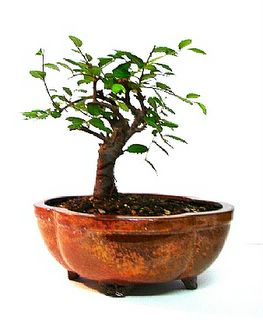Propagating Maples
I have had many people over the years ask me the same question over and over and that is how I get maples to grow from starts. They tell me that when they try they do not have any luck.
Well let me see if I can explain how I do it and then perhaps you can too if your lucky.
I say lucky because there are so many different cultivars of maple and it seems at times that each one will have its own quirks.
I believe that there is a certain amount of just pure luck involved when you try to propagate these types of plants.
Maples can be started in a number of ways and most people will try to get them started from a cutting. This is a great way to get them started if you can really be on top of the watering or should I say misting.
The cuttings if you’re going to try your hand at getting some started in this manner should be taken in the month of June and that would of course be right now these would be called softwood cuttings.
You’re going to want the newest growth and of course that would be the new shoots that have just started this spring. These shoots will have not yet hardened
off and they will make good starts.
You’ll want the shoots to be around four inches in length and you will want the lower leaves stripped leaving perhaps a couple or so at the very end of the shoot.
You’ll want to plant them in a very course sand mix. I poke little holes in the sand with a pencil and then insert my starts and firm the sand down around each.
A rooting compound will also help and you can find either a powder type of liquid type in any good nursery or plant and garden store in your area. You would simply dip each cutting in the rooting compound right before sticking your cutting in the sand mix.
Another trick I try most all of the time is to very lightly scrape along the leaf stripped stem near the bottom and this will cause sort of a small type of wound and as the plant will almost always try to heal over this area it will then start roots where you caused the wound.
Another secret to getting cuttings started is to be able to keep them constantly misted however this is near to impossible without the aid of equipment and most people simply can not afford to invest in this unless they want to raise a whole lot of cuttings.
You could also get a lot of cultivars of maple started by the budding method and there is also grafting if your very experienced if not then just leave this method to the experts..
I will discuss some of these other methods in detail in yet another article at a later time.
You can also try seed and it should be collected once it has turned brown on the mother plant and then left to further dry out. The seed should be kept until your ready to work with it.
Most maple seed will fall off the mother plant late in the fall and most often simply just get blown away by the winter winds and such. But if a few do some how manage to get covered by some small amount of soil and other garden mulch then if your lucky they might sprout a couple of seasons later.
The reason is maple seeds have a really tough outer shell and they must lie on the ground and go through the entire process of a winter and if they survive then they might open up enough to take root and start a plant.
But I for one do not like to wait so I will try to speed along this process by fooling Mother Nature and processing the seeds myself much sooner.
I will decide on a target date that I want to plant my seed outside and that would be right after any worries about frost and that is June in most places. So then I would count backwards on my calendar 100 days and that would be some where around February.
Then I will take my seed and put it into a cup of nice hot water not boiling or anything like that but still hot.
I will then leave the seed over night and the seed that floats to the bottom is the seed that is most likely to be of use for planting. I discard the rest.
I will then take my seed and sprinkle it in a sterile planting medium wet it down good but not soaking wet. Now I will put my seed in my refrigerator in the crisper and leave it there until my target date of June.
I have now essentially fooled Mother Nature into thinking that a winter has passed and my seed should be ready to plant outdoors.
I would then pick a place in my garden and sow the seed on clean soil and cover about 3/8 of and inch with more soil and water good and wait. Let dry out between watering so as not to rot your seed before it gets the chance to germinate.
I wish you good luck with your cutting or your seed and if you do not succeed the first time keep trying you’ll soon get the hang of it.
Thanks for reading
©Copyright 2003 Harold Yearout All Rights Reserved
For more information feel free to Contact Me.




